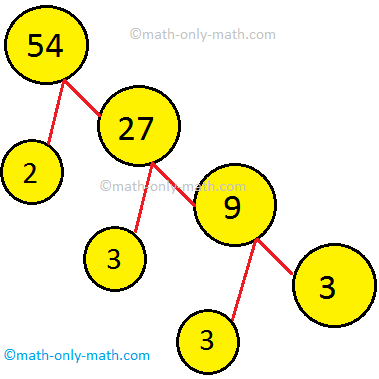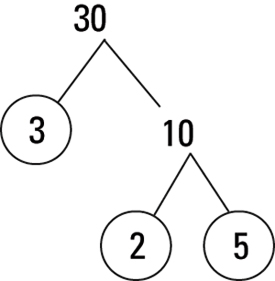

Zero and 1 are not considered prime numbers. Tutoring Looking for someone to help you with.

in texts that are designed to teach mathematical problem solving and competition preparation. Prime Numbers Chart Display the first primes progressing horizontally vertically with 1 2 3 4 5 columns. Any number greater than 5 that ends in a 5 can be divided by 5. A semiprime number is a product of two prime numbers. No prime number greater than 5 ends in a 5.

If the sum of a numbers digits is a multiple of 3, that number can be divided by 3. All other even numbers can be divided by 2. Once we calculate all the multiples through 7 we can be sure that we've generated all of the multiples. Some facts: The only even prime number is 2. Then in our inner loop we will produce range(6, 50, 3) which will add 6, 9, 12, 15, etc to our noprimes set.Īs you can see, this simply generates multiples. The next time through we generate the number 3. Each of these numbers will be added to our noprimes set. This produces: 4, 6, 8, 10, etc until we hit 50. Then we iterate through the inner loop using 2 to produce this range: range(4, 50, 2). Hopefully that isn't too complicated! As an example, the first time we iterate through the outer loop, we generate the number 2. The prime factorization of a positive integer is a list of the integers prime factors, together with their multiplicities the process of determining these factors is called integer factorization.

During each iteration we will use the number to iterate through the range 2i through 50 with an interval of i. In number theory, the prime factors of a positive integer are the prime numbers that divide that integer exactly. In this example we are using set comprehension to iterate through the numbers 2 through 7. List all possible whole-number dimensions the garden. The function range(2, 8) will generate the numbers 2-7. rectangle Problem 1: The area of a rectangular garden is 7 square yards. 99981600 is composite, equal to 2 5 3 5 2 41659 (notice about this example that 2, 3, 5, and 41659 are all prime numbers). Here is a proof by contradiction, very similar to Euclids proof: Suppose that there were only a finite number of primes. And this is fact that has been known for more than two millennia. We are using a set in this case because we only want to include each multiple once. Numbers composed of prime factors are called 'composites'. Answer (1 of 16): There are an infinite number of primes. Linked List Heap Prime Number DFS number-theory two-pointer-algorithm. noprimes = set(j for i in range(2, 8) for j in range(i*2, 50, i)) Show Hint 3 One line of thought is based on reversing the array (or parts of it). Please enter a number: Prime numbers are positive, non-zero numbers that have exactly two factors - no more, no less. Therefore, if we want to generate a list of non-primes under 50 we can do so by generating multiples. Enter a number and the Prime Number Calculator will instantly tell you if it is a prime number or not. A prime number is one that is only divisible by 1 and itself. To begin, we need to think about what a prime number is. Generating a list of non-primes is much simpler than generating a list of primes. Enter a number and the Prime Number Calculator will instantly tell you if it is a prime number or not.


 0 kommentar(er)
0 kommentar(er)
